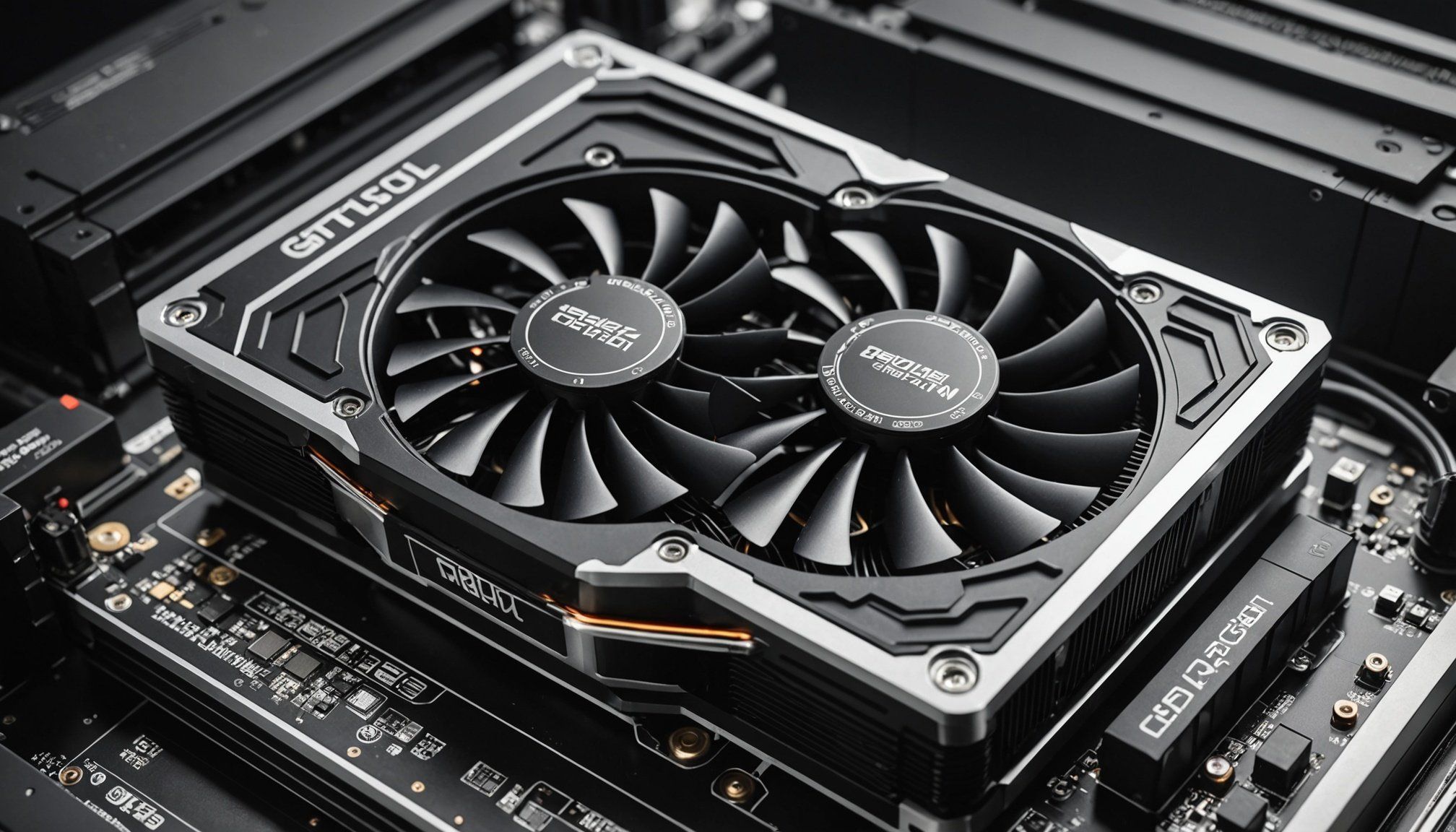In the world of computing, where performance and efficiency reign supreme, the graphics processing unit (GPU) stands as a pivotal component that can make or break your system’s abilities. As technology advances and gaming requirements escalate, the demand for more powerful GPUs continues to grow. However, with increased power comes the inevitable challenge of managing heat. The size of a GPU, often dictated by its cooling architecture, plays a critical role in determining how effectively it can manage the thermal output. Today, we delve into the intricacies of GPU size and its impact on cooling efficiency, offering insights into how this affects your overall computing performance.
The Role of GPU Size in Heat Management
As GPUs evolve, they house more transistors and boast enhanced capabilities, resulting in significant heat generation within your system. Managing this heat is crucial not only to maintain performance but also to prolong the life of your components. The physical size of a GPU can be a defining factor in how efficiently it can dissipate heat.
This might interest you : How can I optimize my CPU cooling for better performance?
Larger GPUs: More Space for Effective Cooling
Larger GPUs typically have more room for expansive heatsinks and radiators, which can spread and dissipate heat more effectively. These components are designed to absorb the thermal energy from the GPU’s core and transfer it to the surrounding air. More surface area translates to better heat dissipation, allowing the GPU to operate at optimal temperatures.
- Fans and Air Flow: Larger GPUs often accommodate more or larger fans, enhancing active cooling. This setup allows for increased air circulation, driving cooler air over the heatsinks while expelling hot air more efficiently.
- Thermal Conductivity: The size allows for improved thermal conductivity materials, ensuring that heat transfer from the GPU to the cooling components is maximized.
Smaller GPUs: Compact but Challenging
In contrast, smaller GPUs can be more compact, which is beneficial for compact case designs. However, this size reduction often comes at the cost of limited cooling capacity.
Topic to read : How can I determine the compatibility of different hardware components?
- Limited Heat Dissipation: With reduced surface area for heatsinks and fewer or smaller fans, smaller GPUs may struggle to dissipate heat as efficiently as their larger counterparts.
- Tighter Air Flow: The compact structure might restrict airflow, causing heat to linger and potentially affect performance.
While both large and small GPUs have their merits, the size directly correlates with how well a GPU can manage its thermal output, impacting both system stability and performance.
Impact of GPU Size on System Design and Performance
The journey to achieving an optimal system design involves understanding the relationship between GPU size and the system’s overall architecture. A GPU’s dimensions not only affect its cooling capabilities but also the overall design of the system.
Space and Compatibility
When integrating a GPU into a system, the size must be considered to ensure compatibility with the case and other components. Larger GPUs might necessitate more spacious cases, while smaller GPUs fit easily into compact builds.
- Case Considerations: Larger GPUs require cases that can accommodate them, often with additional space for cooling mechanisms like extra fans or radiators.
- Component Arrangement: The GPU size can influence the arrangement and placement of other components such as the CPU, memory, and storage, impacting system airflow.
Performance Dynamics
The performance of a gaming system can be influenced by the thermal characteristics dictated by the GPU’s size.
- Power and Heat Correlation: Larger GPUs, typically designed for high-power graphics applications, can dissipate heat efficiently, thus maintaining performance even under load.
- Smaller Systems: In compact builds, where space is at a premium, managing heat becomes challenging, potentially leading to thermal throttling and reduced performance.
Balancing GPU size with system design is crucial for ensuring that the components work harmoniously, maintaining performance and cooling efficiency.
Cooling Solutions and Innovations in GPU Design
As technology advances, so do the methods available for cooling GPUs. Innovations in cooling solutions have enabled both large and small GPUs to operate more efficiently, regardless of their size.
Air Cooling vs. Liquid Cooling
Most GPUs use air cooling systems, where fans circulate air over radiators to dissipate heat. However, liquid cooling is becoming increasingly popular for high-performance GPUs.
- Air Cooling: This is the more traditional approach. Air-cooled systems depend heavily on the size and number of fans and the design of the heatsinks. Larger systems benefit from additional fans and improved airflow.
- Liquid Cooling: This method involves circulating liquid through a loop that absorbs heat from the GPU and disperses it via a radiator. Liquid cooling is highly efficient, allowing even smaller GPUs to manage heat effectively.
Innovations in Thermal Management
Manufacturers are continually pushing the envelope in thermal management technologies.
- Advanced Heat Pipes: These are designed to transfer heat more efficiently from the GPU core to the heatsink, enhancing thermal conductivity.
- Thermal Paste Improvements: High-quality thermal paste can significantly enhance heat transfer, reducing operating temperatures and improving performance.
Technological advances mean that even with a smaller size, GPUs can achieve substantial cooling efficiency, although larger designs naturally offer more robust thermal management.
The size of a GPU is far more than a mere statistic; it’s a defining factor in its ability to manage heat and maintain performance. Larger GPUs offer more substantial cooling capabilities, providing additional room for fans, radiators, and advanced thermal solutions. Meanwhile, smaller GPUs, while compact, present unique challenges in heat dissipation.
As technology evolves, both large and small GPUs are benefiting from cutting-edge cooling solutions that bridge the gap in thermal management. Whether through air or liquid cooling, innovations continue to enhance the efficiency of GPUs across the board.
Ultimately, the cooling efficiency of a GPU is a balance of size, design, and the system’s architecture. As consumers and tech enthusiasts, understanding these dynamics enables more informed decisions, ensuring that your system not only performs at its best but also endures the test of time.











